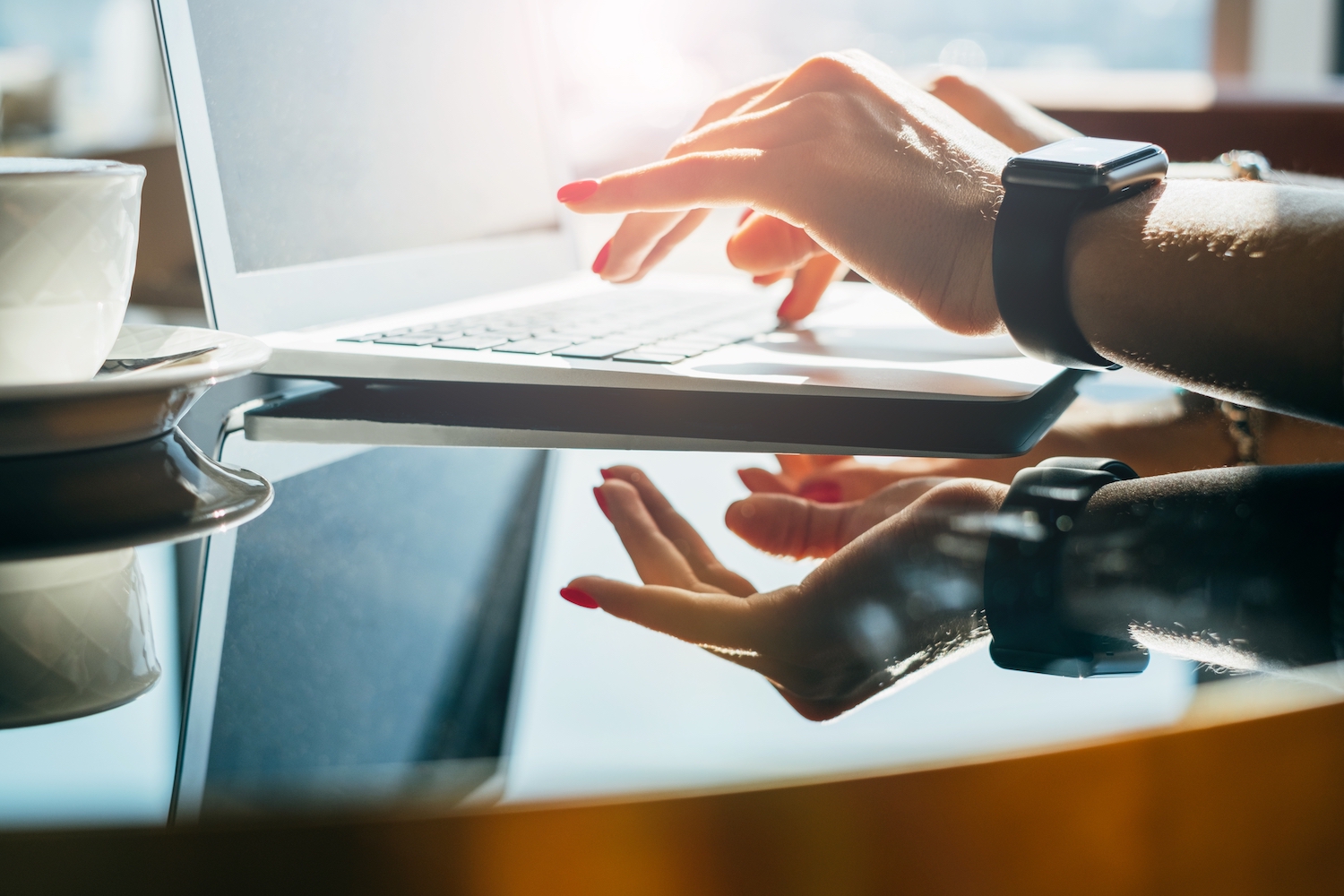Some new sensors on the market are receiving a lot of fanfare, in part due to their potential as COVID-monitoring tools. These include the Apple Watch’s ability to monitor users’ blood oxygen levels and the FDA clearance for the FitBit Sense smartwatch heart-monitoring app. With COVID-19 here for the long haul, many who have adapted their homes and lives for social isolation are considering high-tech purchases like these to measure vital signs like blood oxygen saturation and heart rate. And, technology makers are discovering new and critical uses for their products. As consumers wade into the marketplace and makers position their products for the new pandemic-inspired market, here are some common myths that could give a false impression about the abilities of home health tech.
Myth 1: Everyone with COVID-19 has the same vital signs
Early in the pandemic, temperature spike was identified as a sign of COVID-19. Similarly, a blood oxygen level drop below 90 percent was linked to the disease. The reality, though, is that not all COVID-19 patients have the same vital sign anomalies and no single vital sign in isolation indicates that a person has contracted the disease.
Instead of relying on single measurements to evaluate health, consumers should think of their health tech as tools to get to know their unique biometrics. Vital signs taken during a snapshot in time may not be as helpful as the trend of vital signs over time.
Rather than falling for this myth, consumers should learn their baselines when they’re feeling well so the gadget they use can report meaningful information when they might be sick.
Myth 2: The data collected by your connected sensors is protected
The Health Insurance Portability and Accountability Act (HIPAA) mandates some aspects of health privacy, but it generally does not govern information collected by connected home health sensors. This makes it especially important for consumers to be vigilant about how a monitor collects, uses, and shares their data.
Information that connected tech collects can be repurposed in ways that users may not anticipate. Some secondary uses of data may be beneficial, such as maps that use aggregated data to piece together fever clusters. But many are not helpful, like when data aggregators create “health scores” with individuals’ data. Until comprehensive privacy protections are enshrined in law, “buyer beware” should be the guiding principle. At a minimum, consumers should review privacy policies before selecting a home health technology, and also review the Terms of Service document that is likely to arrive with the product itself.
Rather than falling for this myth, consumers should remember that their home health tech is unlikely to have the rigorous privacy protections that they get from their doctor’s office.
Myth 3: Home health tech sensors can diagnose or treat COVID-19
Home health tech is not a substitute for medical care for a number of reasons, among them:
First: No home health tech is clinically-validated to sense the presence of SARS-CoV-2, which is what is currently required to diagnose COVID-19. Although phones may one day be used for reliable and accurate health diagnoses, today’s gadgets need to be thoroughly studied and tested before that claim can be made.
Second: There is irregular data collection across technologies. For example, some home sensors measure blood oxygen levels at the wrist while other clinical sensors measure it at the fingertip. Since different body locations have different amounts of blood flow, there is variation in the expected range of normal values. Not knowing how a sensor works could inadvertently make the user appear sicker — or healthier — than they actually are.
Third: Not all health gadgets are accurate, so using them as a substitute for medical care could be dangerous. For example, pulse oximeters, which measure blood oxygen levels, became a popular pandemic purchase early on. However, many on the market today have questionable accuracy. Indeed, the Apple Watch 6 will have its skeptics until the accuracy claims are backed-up with solid data.
Rather than falling for this myth, consumers must understand that home health tech can complement, but not substitute, medical care. Further, we invite all stakeholders that believe in the potential of home health tech, (as we, the authors, do), to join the call for enforceable safety and efficacy standards for these novel technologies. This means demanding that the FDA modernize its approvals channels and that lawmakers set comprehensive privacy protections into law.
